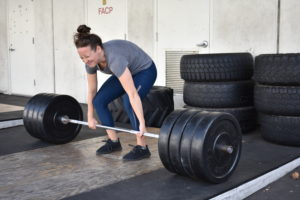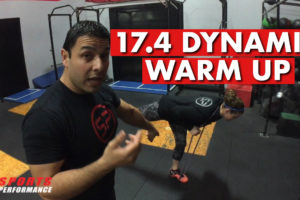
1. Start slow! It’s tempting to want to run a half marathon by next week but increasing your miles too quickly can put too much stress on your legs and lead to common running injuries like plantar fasciitis, shin splints, knee or hip problems. Instead, start by running for 10-15 minutes every other day and increasing by 2-3 minutes each week.
2. Run faster not longer with intervals! You don’t have to run long distances to reap the cardiovascular benefits of a running workout. Instead of running 2 mile at a jog, try running 4 fast laps around a track with 3-5 mins of rest in between each lap. See if you can beat your previous time with each lap!
3. Work on your strength. By Including resistance training in your exercise routine, you can better adapt to the increased volume of running by strengthening the muscles around your knee and ankle joints which are often the culprit of running injuries. Strength training can also improve your bone mineral density which will help avoid broken bones, fractures, and early onset osteoporosis. Start with a simple program of bodyweight exercises like air squats, push-ups, or lunges on non running days.
4. Listen to your body and adjust as necessary. If you’re starting to feel pain from running, it’s best to take a few days off from running and scale back your training. Pushing through pain is only going to put more stress on your body and increase your risk of injury. Would you rather take a couple days off to rest and recover or a few weeks off to heal?
5. Take care of your body. Running can take a toll on your muscles and joints so it’s important to do everything you can to make sure you’re prepared to train. Sleep, hydration, and diet all play a big part in your recovery and neglecting any one of these can hinder progress, zap your energy level, or increase your risk of injury. Everyone has heard the general health guidelines: 8 hours of sleep, 8 glasses of water, etc, but more important is finding a balance that works for you. Try setting a goal for one of these that you struggle with at a time. For example, if you don’t drink enough water, start your day with one glass in the morning, and one in the evening.
As always, we hope this helps! If you have any questions or if you would like to read about certain topics, feel free to send us an email at TeamSP@SportsPerformancePT.com.
-Coach Alex

STAY CONNECTED
Instagram: CLICK HERE
Facebook: CLICK HERE
YouTube: CLICK HERE
Podcast: CLICK HERE
TUNE IN TO OUR PODCAST












